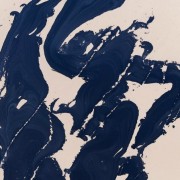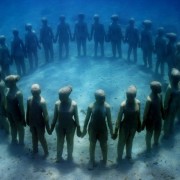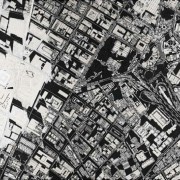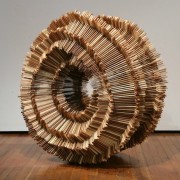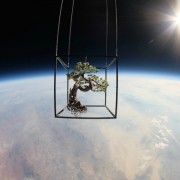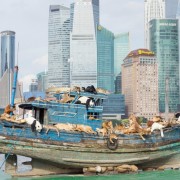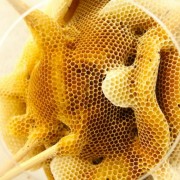
Photographer Kevin Horan’s series Chattel poses a question: what would it look like if his ungulate neighbors came into the studio and asked to have their portraits made? The Langley, Washington-based artist captured hoofed animals (also known as ungulates) that are on and around Whidbey Island. He depicts an up-close and personal view of the creatures that are part of farmland and nursery rhymes. Horan’s subjects are set against a dark background, and his limited color palette washes the animals in warm gray tones. It gives the images a timeless feel and also highlights incredible details. Mounds of thick, textured fur and imposing antlers look unexpectedly stately, and when alone, their unique personalities shine. Horan presents these creatures in ways that we don’t normally see, and he’s removed them from places like a petting zoo to instead make them the focal point of gorgeous fine art images. (source).
[easy-share buttons=”facebook,twitter,linkedin,mail” counters=0 native=”no” image=https://live-ehc-english-ucsb-edu-v01.pantheonsite.io/wp-content/uploads/2014/11/yusuke-asai-waf-1.jpg url=https://live-ehc-english-ucsb-edu-v01.pantheonsite.io/?p=6731 facebook_text=Share twitter_text=Tweet linkedin_text=Link text=”Photographer Kevin Horan’s Regal Farm Animal Portraits”]



